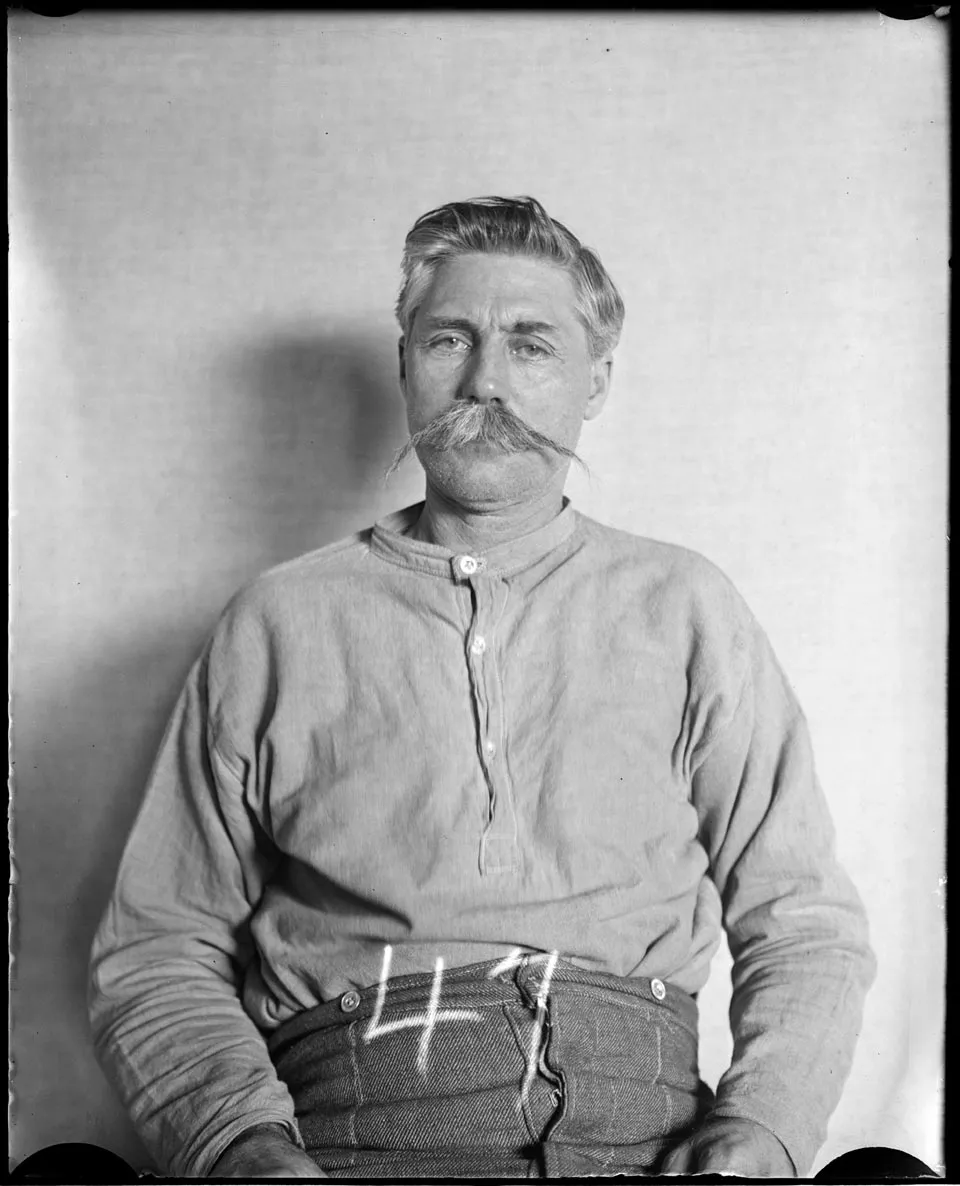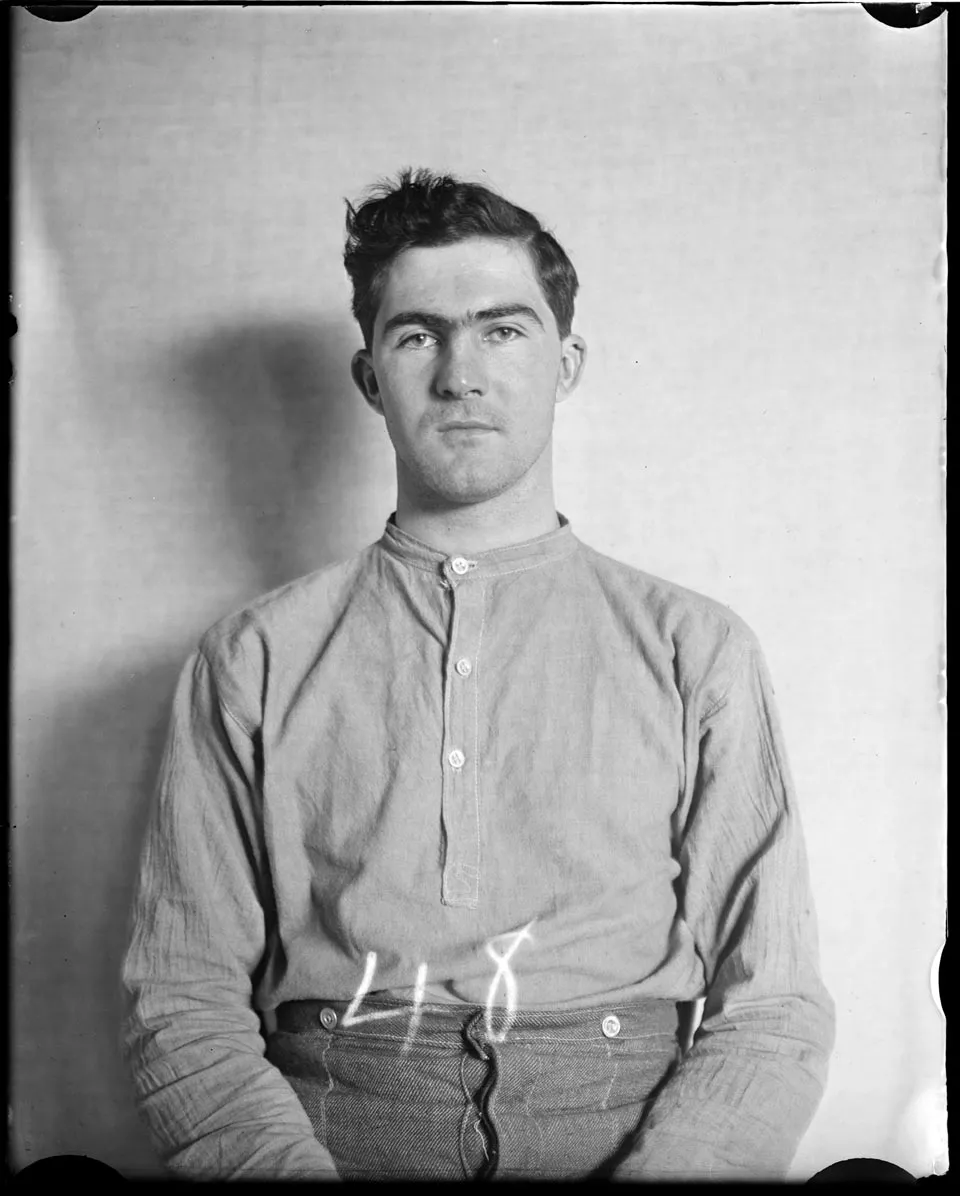The Hillsville Massacre: The Untamed Justice of Floyd Allen and the Bloodiest Courtroom in American History
- dthholland
- Nov 16, 2024
- 5 min read

In the early 20th century, Hillsville, Virginia, was a town nestled in the Appalachian Mountains, defined by its modest population, close-knit community, and codes of honour more potent than written law. Among its residents was the notorious Floyd Allen, a man whose legacy would forever be entwined with one of the most infamous episodes in American legal history: the Hillsville Courthouse Massacre of 1912. Floyd Allen was not your average mountain man; he was a figure who commanded a certain reverence, even fear, among those in Carroll County, Virginia. His explosive temper and sense of family loyalty were matched only by his disregard for the law, resulting in a string of incidents that read more like a catalogue of old-time feuds than the life of a law-abiding citizen. Born in Hillsville on July 5, 1856, Floyd was one of many children in the Allen family, a clan that had long established itself in the region.
Floyd Allen: A Man of Conviction—and Violent Disposition
From a young age, Floyd exhibited traits of fierce loyalty to his family and an unshakeable pride. Like many in the Blue Ridge Mountains, he grew up in a world where self-reliance and family bonds were paramount. The Allen family were no strangers to conflict, whether it was with outsiders or even among themselves. Floyd’s brother Sidna Allen shared his strong-willed nature, and together, they carved out a modest living through whiskey-making, a legal enterprise for which they held a government-issued license. Despite its legality, their business was viewed with scepticism by many who saw whiskey as a vice. But it was Floyd’s temperament that made him truly feared. His outbursts and violent actions became legendary in the region, earning him an unofficial record of violent disputes that ranged from fistfights to outright shootouts. In one incident, during a disagreement over land in 1904, Floyd shot a man who attempted to outbid him, a bold act that resulted in only an hour’s jail time. Floyd scoffed at the punishment, brushing it off as a mere inconvenience and leaving the jail before the hour had passed.

The Edwards Brothers’ Brawl and the Beginning of the End
Trouble truly began for the Allen clan in 1910, during a seemingly innocuous corn-shucking gathering. Wesley and Sidna Edwards, Floyd’s nephews, attended the event, where Wesley’s attention turned to the girlfriend of a local man, Will Thomas. When Wesley kissed Thomas’s girlfriend, it sparked a feud that spilled over into the church pews the following morning. The confrontation soon escalated into a brawl, and authorities issued arrest warrants for both Wesley and Sidna. The two young men, realising they were facing trouble in Hillsville, fled across state lines to North Carolina.

However, Carroll County authorities were not inclined to let the matter rest. The sheriff sent Deputy Thomas Samuels to North Carolina to bring the Edwards brothers back for trial. As they were escorted back to Hillsville, Floyd Allen intervened, blocking their route. Furious that his kin was being treated like criminals, Floyd demanded their immediate release. When Deputy Samuels resisted, Floyd reportedly seized his pistol and used it to beat Samuels until he relinquished custody of the Edwards brothers. The event humiliated law enforcement and forced their hand—Floyd was now more than a local nuisance; he was openly flouting the rule of law.
The Trial of Floyd Allen: The Last Stand of a Proud Man
By 1912, Floyd Allen’s reputation as a man who answered to no authority other than his own had reached its zenith, and his past allies in the local political sphere had either distanced themselves or lost their influence. The courts now took a keen interest in prosecuting Floyd, as well as his brothers and nephews, for obstructing law enforcement. On March 13, 1912, Floyd, his son Claude, and several members of the Allen clan faced trial in the Carroll County Courthouse.

The courthouse was packed with spectators and members of the Allen family, many of whom were armed. Tensions ran high; everyone knew that this was not just a trial but a test of authority in a region where familial allegiance often superseded the law. Judge Thornton L. Massie presided over the proceedings with Commonwealth’s Attorney William Foster and Sheriff Lewis Webb at his side, determined to enforce the verdict that would bring Floyd to justice.
After the jury returned a guilty verdict, Judge Massie pronounced Floyd’s sentence—one year in prison. Witnesses recount that at this moment, Floyd rose to his feet and, seething with anger, told the judge, “You sentence me on that verdict, and I will kill you.” Undeterred, Massie reiterated the sentence. Floyd then reportedly said, “I ain’t a-going.” What happened next was utter chaos.

The Hillsville Courthouse Massacre: Gunfire in the Halls of Justice
Accounts vary, and to this day, no one knows who fired the first shot. Some say it was Floyd himself, outraged by the sentence. Others believe it was one of the deputies who, anticipating violence, took the first shot as a preemptive measure. Regardless of who initiated the gunfight, the courtroom erupted into a hail of bullets. In the span of just a few minutes, 57 shots were fired in the confined space, filling the courthouse with smoke, screams, and panic. Judge Massie was struck down, as were Sheriff Webb and Commonwealth’s Attorney Foster. Two other court officials were also mortally wounded in the crossfire, bringing the death toll to five.

Floyd was wounded in the mayhem but managed to escape the courthouse, seeking refuge at a nearby house. Authorities, desperate to apprehend him, eventually cornered him there. In a last act of defiance, Floyd attempted to take his own life with a pocket knife, slashing his throat, though the attempt was unsuccessful.
The Aftermath: The Trials, Convictions, and Death of Floyd and Claude Allen
The Hillsville Courthouse Massacre sent shockwaves through Virginia and the entire country. The community that once saw Floyd as a strong-willed, if not troublesome, man now regarded him as a dangerous criminal. Floyd and his son Claude, who had also taken part in the shooting, were quickly apprehended, tried for murder, and sentenced to death in the electric chair. Despite appeals and efforts by some family members to exonerate them, public opinion had turned irrevocably against the Allens.
Floyd and Claude
On March 28, 1913, just over a year after the courthouse bloodbath, Floyd and Claude Allen were executed in Richmond’s state penitentiary. The executions marked the end of the Allen family’s prominence in Carroll County, and the Hillsville Courthouse Massacre became a chilling reminder of the volatile intersection between loyalty and law in the Appalachian Mountains.
Legacy of the Hillsville Massacre
In the century since the Hillsville Massacre, the story of Floyd Allen and his family has become a symbol of Appalachian pride and tragedy. For some, Floyd’s defiance represents the courage of a man who stood up for his kin against an unsympathetic legal system. For others, he is a cautionary tale of hubris, a man whose pride and rage led to his and his family’s ruin. The massacre itself has taken on an almost mythic quality in the history of rural Virginia, an event that embodies both the fierce loyalty and the tragic flaws that characterised many early American frontier families.


















































